Contents
Guide

3D Printer Projects for Makerspaces
McGraw-Hill Education books are available at special quantity discounts to use as premiums and sales promotions or for use in corporate training programs. To contact a representative, please visit the Contact Us page at www.mhprofessional.com.
3D Printer Projects for Makerspaces
Copyright 2017 by McGraw-Hill Education. All rights reserved. Printed in the United States of America. Except as permitted under the United States Copyright Act of 1976, no part of this publication may be reproduced or distributed in any form or by any means, or stored in a database or retrieval system, without the prior written permission of the publisher.
McGraw-Hill Education, the McGraw-Hill Education logo, TAB, and related trade dress are trademarks or registered trademarks of McGraw-Hill Education and/or its affiliates in the United States and other countries and may not be used without written permission. All other trademarks are the property of their respective owners. McGraw-Hill Education is not associated with any product or vendor mentioned in this book.
1 2 3 4 5 6 7 8 9 LOV 22 21 20 19 18 17
ISBN 978-1-259-86038-6
MHID 1-259-86038-8
This book is printed on acid-free paper.
Sponsoring Editor
Michael McCabe
Editorial Supervisor
Stephen M. Smith
Production Supervisor
Lynn M. Messina
Acquisitions Coordinator
Lauren Rogers
Project Manager
Patricia Wallenburg, TypeWriting
Copy Editor
James Madru
Proofreader
Claire Splan
Indexer
Claire Splan
Art Director, Cover
Jeff Weeks
Composition
TypeWriting
Information contained in this work has been obtained by McGraw-Hill Education from sources believed to be reliable. However, neither McGraw-Hill Education nor its authors guarantee the accuracy or completeness of any information published herein, and neither McGraw-Hill Education nor its authors shall be responsible for any errors, omissions, or damages arising out of use of this information. This work is published with the understanding that McGraw-Hill Education and its authors are supplying information but are not attempting to render engineering or other professional services. If such services are required, the assistance of an appropriate professional should be sought.
To everyone who makes this world better with their inventions and efforts.
About the Author
Lydia Sloan Cline teaches drafting, digital modeling, and 3D printing classes at Johnson County Community College in Overland Park, Kansas. She works for architecture firms, judges competive technology events, and is active in her local maker community. Lydia is also the author of 3D Printing and CNC Fabrication with SketchUp and 3D Printing with Autodesk 123D, Tinkercad, and MakerBot (published by McGraw-Hill Education).
Contents
PROJECT 1
Architectural Symbol Coaster
PROJECT 2
Phone Case
PROJECT 3
Guardian Lion Bank
PROJECT 4
Art Stencil
PROJECT 5
Cookie Dunker
PROJECT 6
Simple Bat-Shaped Cookie Cutter
PROJECT 7
Spiral Ornament
PROJECT 8
Personalized Football Key Fob
PROJECT 9
Embossed Poop Emoji Cookie Cutter
PROJECT 10
Lens Cap Holder
PROJECT 11
Print Two Colors with a Dual Extruder
PROJECT 12
Lithophane Night-Light
PROJECT 13
Skull-and-Bones Pencil Cup
PROJECT 14
Business Card with QR Code
PROJECT 15
From Scan to Trinket Holder
PROJECT 16
Phone Stand
PROJECT 17
Cage Pendant with a Bead Inside
PROJECT 18
Military Insignia Soap Mold
PROJECT 19
Hanging Lampshade
PROJECT 20
Reality Capture of a Buddha Charm
Preface
3D PRINTING, A PROCESS THAT CREATES a physical model from a digital one, is increasingly popular with consumers, hobbyists, entrepreneurs, and businesses of all sizes. According to a 2014 Wohlers report, the global 3D printing market was valued at $2.3 billion in 2013 and is predicted to be $8.6 billion by 2020. Aerospace, automotive, medical, architectural, and high-tech industries routinely incorporate it in their design and manufacturing processes.
The Maker Movement Is Accessible to All
The beauty of the so-called maker movement is that the tools of manufacturing are not restricted to large companies anymore. Powerful, free software and relatively cheap tools are available to everyone (). Printers are sold at big-box stores and on Amazon. There are 3D printers at libraries, community makerspaces, and FedEx locations. Even the U.S. Postal Service is considering how to incorporate 3D printing. This accessibility, paired with funding sources like Kickstarter and GoFundMe, has enabled the launch of many successful small businesses.
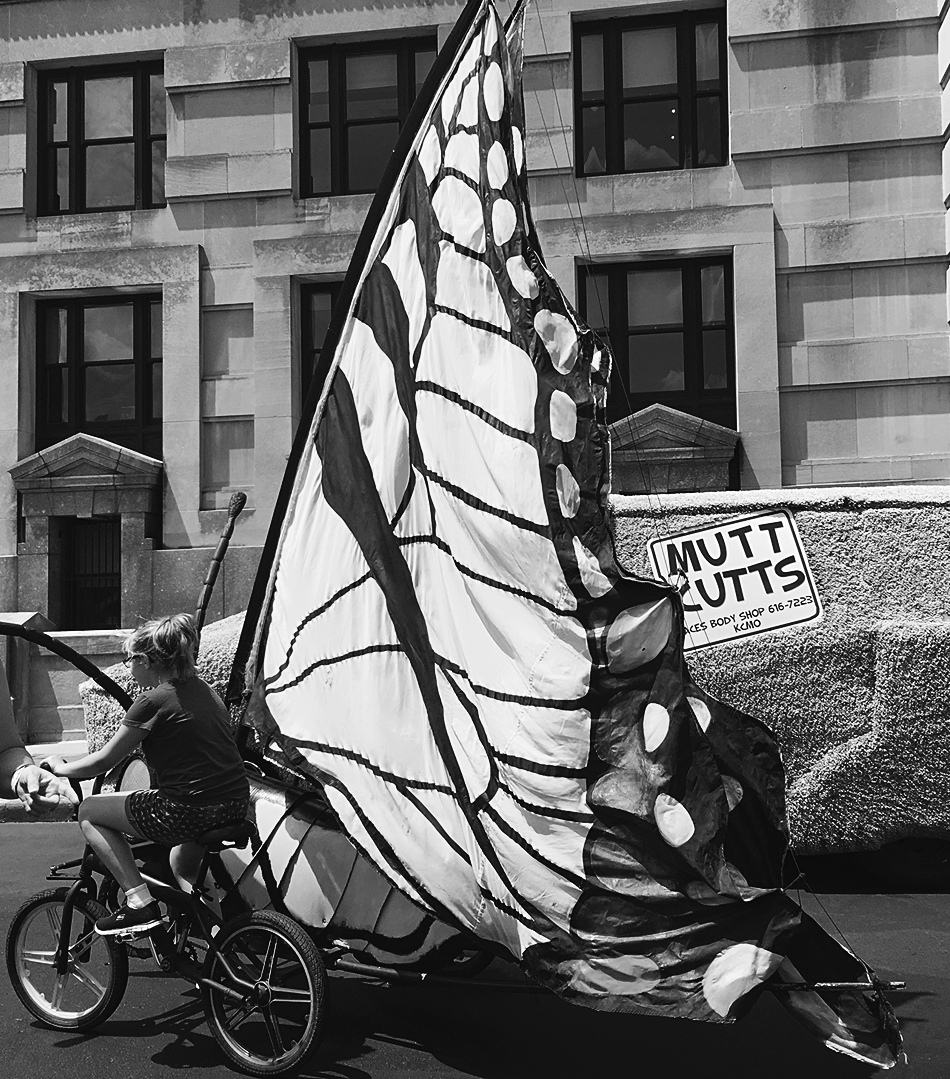
Figure P-1 | A child soars with her butterfly bike at the Kansas City Maker Faire. |
What Can I Do with a 3D Printer?
You can use a 3D printer for decorative, useful, practical, iterative, and prototyping purposes. Its a tool that facilitates design, and helps you think of ways to convert ideas and raw materials into products and services. Find your blue ocean and create new markets. To this end, things you can 3D-print include
 Replacement parts that are expensive or hard to find
Replacement parts that are expensive or hard to find
 Novelty parts to work with existing systems, such as LEGO-compatible bricks
Novelty parts to work with existing systems, such as LEGO-compatible bricks
 Solutions to around-the-house or -office annoyances, such as the part a teacher designed to keep her computer mouse from falling off a keyboard tray or the harmonica holder a musician designed so that he could move around the stage
Solutions to around-the-house or -office annoyances, such as the part a teacher designed to keep her computer mouse from falling off a keyboard tray or the harmonica holder a musician designed so that he could move around the stage
 Downloaded models that others have made
Downloaded models that others have made
 Iterations, such as the plastic prototypes a jeweler makes before committing to expensive metals and the time casting them
Iterations, such as the plastic prototypes a jeweler makes before committing to expensive metals and the time casting them
 Marketing and presentation materials, such as the miniature firefighting wall systems one business makes before it builds full-size ones
Marketing and presentation materials, such as the miniature firefighting wall systems one business makes before it builds full-size ones
 Small-run manufacturing items
Small-run manufacturing items
Solving Societal Problems
3D printers are in many K12 and college classrooms because the future of learning is the future of making things. Students are challenged to solve everyday problems with them () and learn how to design items they cant just go out and buy. Making is not just about what we know; its about what we can do with what we know. Larger social and environmental challenges such as income inequality, climate change, recyclability, and sustainability may be addressed. For example:
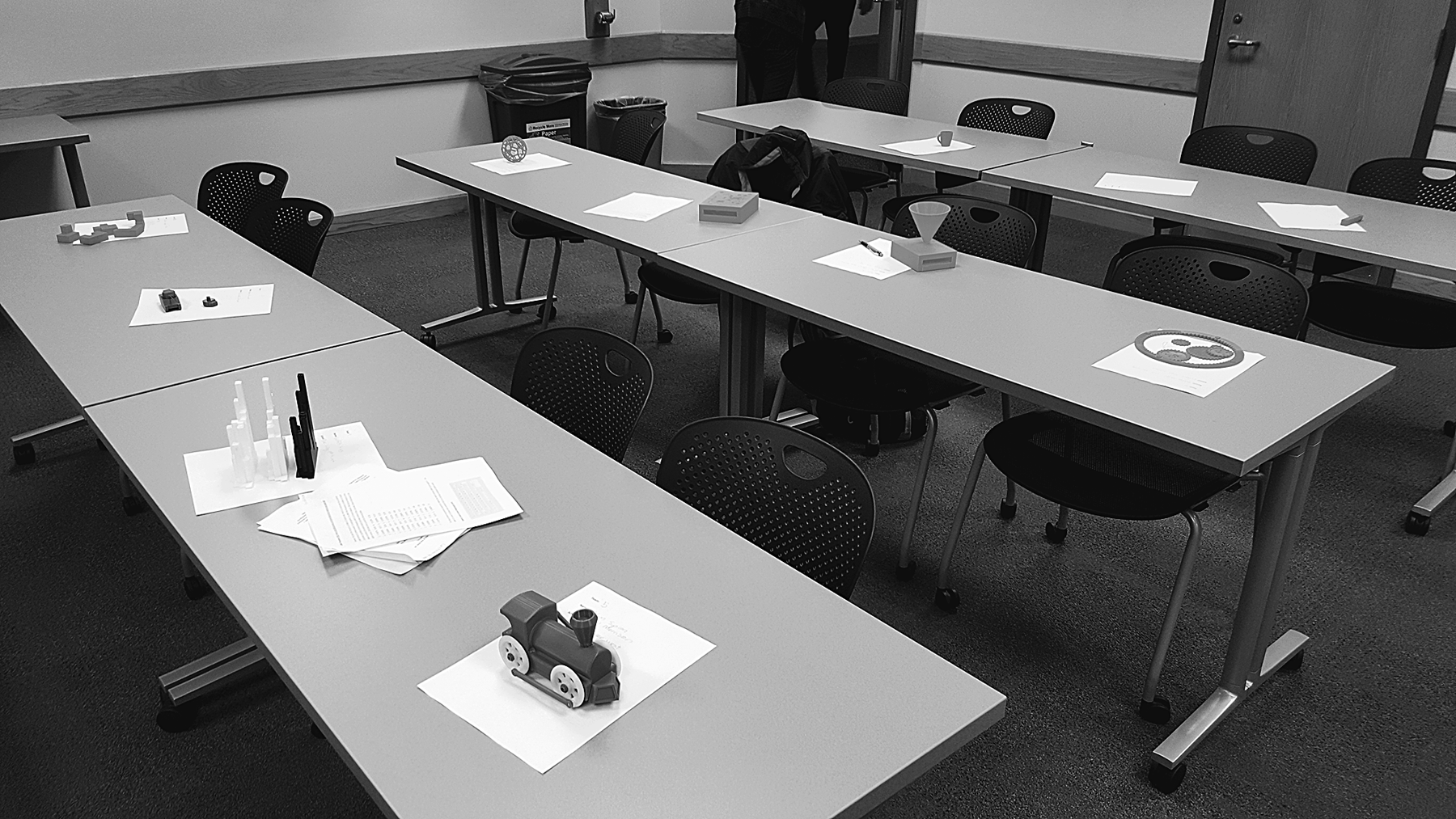


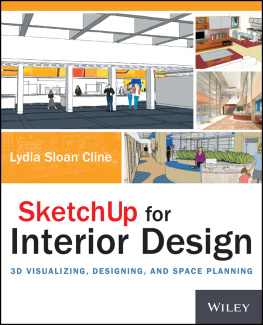
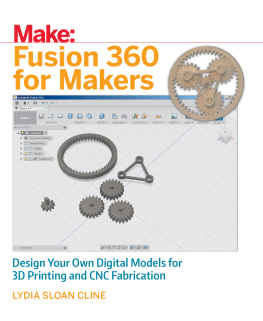


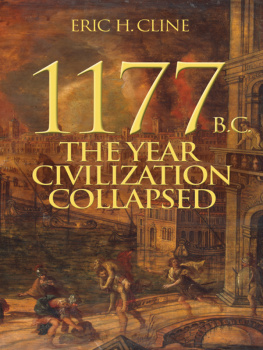
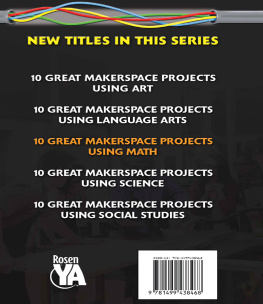

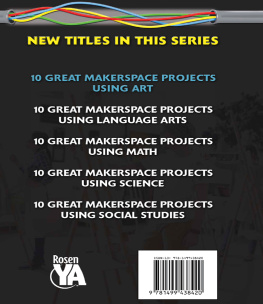
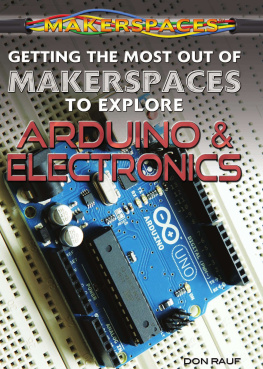
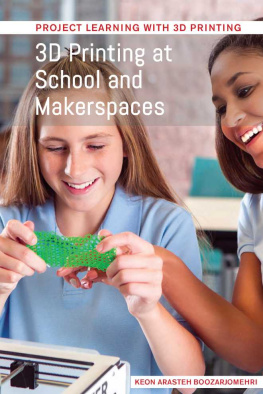

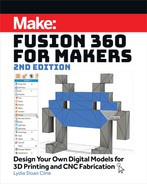
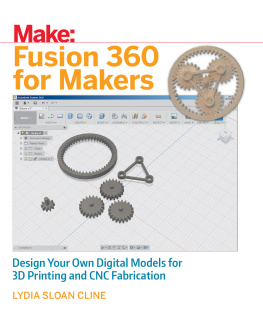
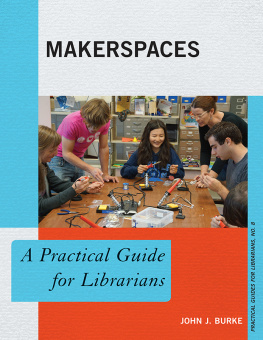


 Replacement parts that are expensive or hard to find
Replacement parts that are expensive or hard to find